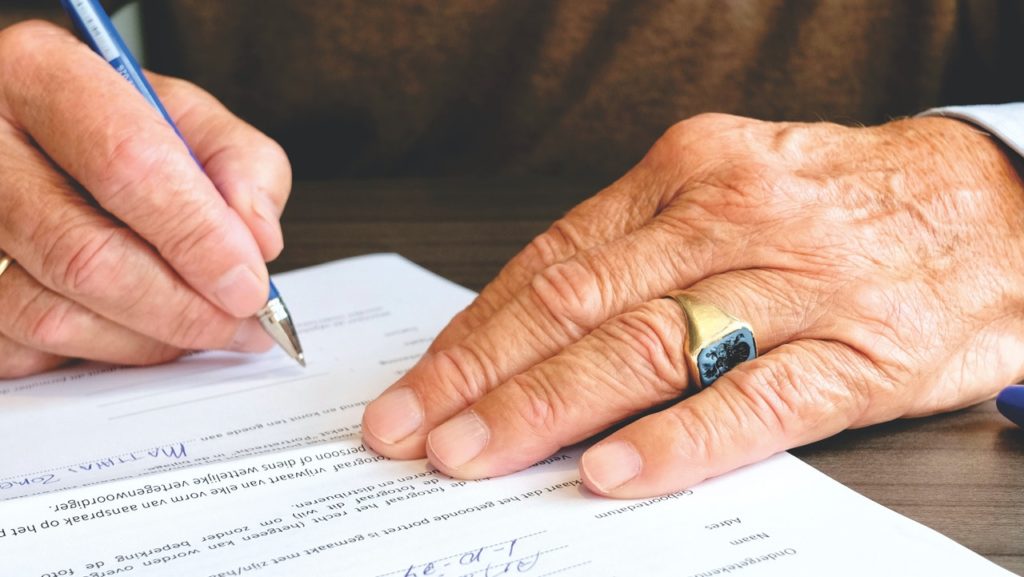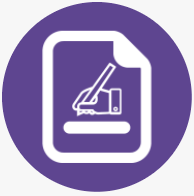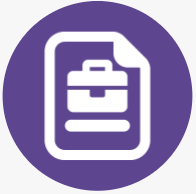
Unfortunately, most of us will have to go through the probate process at some point in our lives. Whether you are to be the beneficiary of your family’s estate, or if you’re just curious about the process, it is always handy to have an understanding of how the system works just so you can be prepared when the time finally does come around.
In this article, we will give an overview of the probate process and tell you all you need to know, including who needs to use it and under what circumstances.
What is Probate?
Probate is a legal process of handling an estate when a person dies. It is designed to approve the Will approved and appoint a Personal Representative. Once the Will is allowed, the Personal Representative can distribute all the assets to the beneficiaries. It is a legal procedure, and the length of which depends on several factors, like if there is even a Will to probate, the variations of the state law, the size of the estate in question, the number of heirs, debts, taxes, and so on.
The legal process varies considerably from state to state, so it’s important to be educated and informed about the specifics in your area, and you may need to talk to an experienced probate lawyer. Most states have adopted the Uniform Probate Code (“UPC”), which is used to standardize the process and make it more streamlined. However, each state still has its own variations of the UPC.
The Probate Process
The probate process begins when the current owner passes away and there needs to be a transfer of ownership of his or her possessions to his or her heir or heirs.
As mentioned, the process needs to be done according to the state law where the asset or estate is in, and this primarily regards the previous owners’ unpaid taxes or debt, if any. These debts are to be addressed even before the original owner’s distribution wishes, but the rules on this differ from state to state.
After this stage is in order, the process can move along to the distribution of the assets or estate according to the original owner’s wishes. It is a lot easier if there is a clear Will. A Will can name a Personal Representative – also known as an Executor – or one can be assigned by the court, which can be a third party or a beneficiary of the Will.
Here’s a quick rundown of the probate process from start to finish:
- Determining if the decedent executed a Will
- Authentication of the Last Will and Testament
- Appointing a Personal Representative also known as an executor of the Will
- Posting bond (in states where it’s necessary)
- Locating the deceased’s assets
- Assessing the value of the assets
- Identifying creditors and notifying them of death
- Paying debts
- Filing tax returns
- Distributing the estate
Who needs to use probate?
Virtually everyone. Probate is required when any estate’s assets are solely in the deceased’s name. For example, suppose the deceased owned a property in their name and there are no other names attached to the ownership of the property. In that case, the asset must go through probate in order for the name to be transferred to the appropriate beneficiary.
If there’s only jointly-owned property and money passes to a spouse or civil partner when someone dies, probate can usually be avoided.
How much does probate cost?
Time is money, as always, so the longer the process, the more costly it is going to get. But, on average, where the process lasts 1 to 2 years, the cost amounts to somewhere between 3% and 7% of the total value of the estate and/or assets. It is important to note that the assets are usually “frozen” for the duration, so any fees and payments before the end need to come from other sources.







